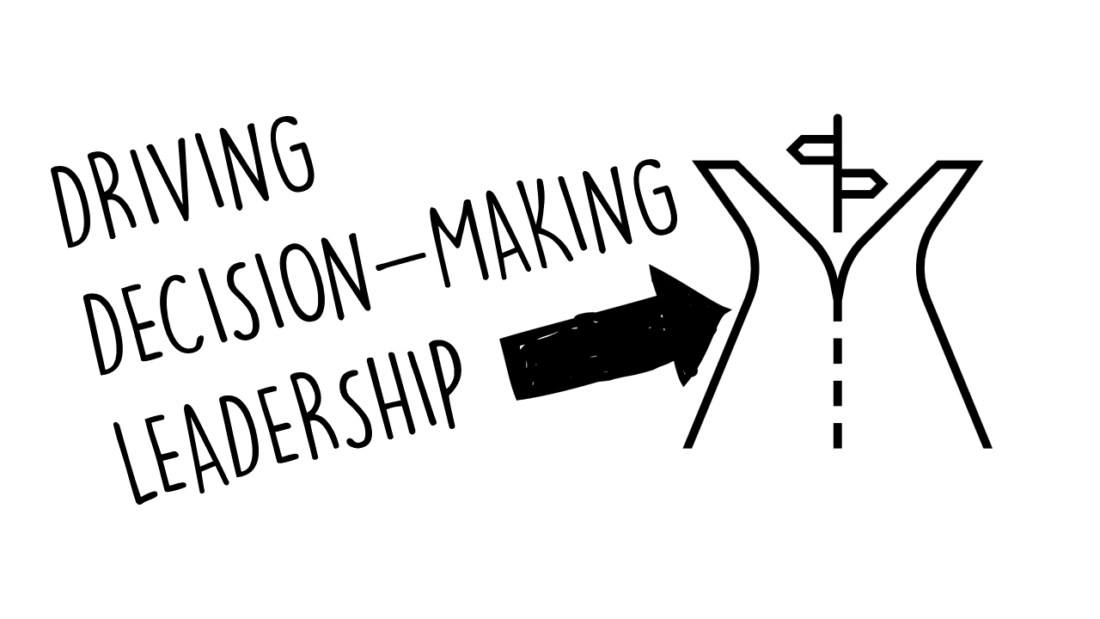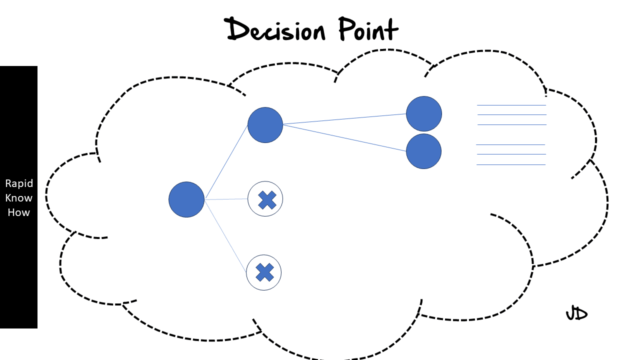Introduction
In today’s competitive business landscape, driving decision-making is crucial for achieving market share success. Understanding consumer psychology and the factors that influence their decisions can provide valuable insights for businesses looking to gain a competitive edge. By tapping into the subconscious factors and emotions that drive consumer choices, businesses can tailor their marketing strategies to effectively target and attract their target audience.
The Role of Consumer Psychology in Driving Decision-Making
Consumer psychology plays a significant role in driving decision-making. While consumers may believe that their decisions are rational and logical, there are often subconscious factors at play that influence their choices. These factors include social proof, emotions, and cognitive biases.
Social proof refers to the tendency of individuals to look to others for guidance on how to behave or make decisions. Consumers are more likely to choose a product or service if they see others endorsing it or if it is popular among their peers. By leveraging social proof through testimonials, reviews, and influencer marketing, businesses can influence consumer decisions and drive market share success.
Emotions also play a powerful role in driving consumer choices. Studies have shown that emotions often override rational decision-making. By appealing to consumers’ emotions through storytelling, creating positive experiences, and evoking specific emotions such as joy or nostalgia, businesses can create a strong emotional connection with their target audience and drive decision-making in their favor.
How to Identify and Target Key Drivers of Market Share Success
To effectively drive decision-making and achieve market share success, businesses need to identify the key drivers that influence consumer choices. This can be done through market research, which involves gathering data on consumer preferences, behaviors, and motivations.
Market research can be conducted through surveys, focus groups, interviews, and data analysis. By analyzing this data, businesses can gain insights into what drives consumer decision-making in their industry. These insights can then be used to tailor marketing strategies that specifically target these drivers.
For example, if market research reveals that price is a key driver for consumers in a particular industry, businesses can focus on offering competitive pricing and promotions to attract and retain customers. On the other hand, if quality or brand reputation is a key driver, businesses can emphasize these aspects in their marketing messages and branding efforts.
Leveraging Data and Analytics to Drive Decision-Making in Marketing
Data-driven decision-making is becoming increasingly important in today’s digital age. By leveraging data and analytics, businesses can gain valuable insights into consumer behavior, trends, and patterns. This information can then be used to drive decision-making in marketing.
Data and analytics can help businesses identify trends and patterns in consumer behavior, allowing them to make informed decisions about their marketing strategies. For example, by analyzing customer purchase data, businesses can identify which products or services are most popular among their target audience and tailor their marketing efforts accordingly.
Analytics can also help businesses track the effectiveness of their marketing campaigns and make adjustments as needed. By measuring key performance indicators (KPIs) such as conversion rates, click-through rates, and customer engagement metrics, businesses can determine which strategies are working and which need improvement.
The Power of Emotional Appeal in Influencing Consumer Decisions
Emotions play a significant role in driving consumer decisions. While consumers may believe that their choices are rational and logical, emotions often override rational decision-making. By understanding the power of emotions in influencing consumer choices, businesses can create marketing strategies that effectively appeal to their target audience.
One way to create emotional connections with consumers is through storytelling. By telling compelling stories that resonate with their target audience’s values, beliefs, and aspirations, businesses can create a strong emotional bond with consumers. This emotional connection can drive decision-making in favor of the business’s products or services.
Creating positive experiences for consumers is another effective way to appeal to their emotions. By providing exceptional customer service, personalized experiences, and memorable interactions, businesses can create positive emotions that are associated with their brand. These positive emotions can influence consumer decisions and drive market share success.
Utilizing Behavioral Economics to Drive Market Share Success
Behavioral economics is a field of study that combines psychology and economics to understand how individuals make decisions. By understanding the principles of behavioral economics, businesses can apply these principles to their marketing strategies and drive market share success.
One principle of behavioral economics is the concept of loss aversion. This refers to the tendency of individuals to prefer avoiding losses over acquiring gains. By framing marketing messages in terms of potential losses that consumers may experience if they don’t choose a particular product or service, businesses can tap into this cognitive bias and drive decision-making in their favor.
Another principle of behavioral economics is the concept of scarcity. This refers to the idea that people perceive limited availability as more valuable. By creating a sense of scarcity through limited-time offers, exclusive promotions, or limited edition products, businesses can create a sense of urgency and drive consumer decisions.
The Impact of Social Proof and Word-of-Mouth in Driving Decision-Making
Social proof and word-of-mouth play a significant role in driving consumer decisions. Consumers are more likely to choose a product or service if they see others endorsing it or if it is popular among their peers. By leveraging social proof and word-of-mouth marketing, businesses can influence consumer decisions and drive market share success.
Social proof can be leveraged through testimonials, reviews, and influencer marketing. By showcasing positive reviews and testimonials from satisfied customers, businesses can build trust and credibility with their target audience. Influencer marketing involves partnering with influential individuals who have a large following on social media platforms. These influencers can promote a business’s products or services to their followers, creating social proof and driving consumer decisions.
Word-of-mouth marketing involves encouraging satisfied customers to share their positive experiences with others. This can be done through referral programs, customer loyalty programs, or simply by providing exceptional customer service. By encouraging word-of-mouth marketing, businesses can tap into the power of personal recommendations and drive decision-making in their favor.
The Role of Branding and Perception in Influencing Consumer Choices
Branding plays a crucial role in influencing consumer perception and decision-making. A strong brand image can create positive associations with a business’s products or services, making consumers more likely to choose them over competitors.
Branding involves creating a unique identity for a business that sets it apart from competitors. This can be done through visual elements such as logos, colors, and typography, as well as through messaging and positioning. By consistently communicating a brand’s values, personality, and unique selling proposition, businesses can shape consumer perception and drive decision-making.
Perception also plays a role in consumer decision-making. Consumers often make judgments and decisions based on their perception of a brand’s quality, reliability, and trustworthiness. By consistently delivering high-quality products or services, providing exceptional customer service, and maintaining a positive reputation, businesses can shape consumer perception and drive market share success.
Strategies for Effective Pricing and Promotions to Drive Market Share
Pricing is a key factor in consumer decision-making. Consumers often compare prices when making purchasing decisions and are more likely to choose products or services that offer the best value for their money. By implementing effective pricing strategies, businesses can drive market share success.
One pricing strategy is to offer competitive pricing. This involves pricing products or services at a similar level to competitors or even slightly lower to attract price-sensitive consumers. By offering competitive pricing, businesses can position themselves as an affordable option and drive consumer decisions.
Another pricing strategy is to offer value-added promotions. This involves bundling products or services together or offering discounts or freebies with purchase. By offering additional value to consumers through promotions, businesses can create a sense of perceived value and drive decision-making.
The Future of Driving Decision-Making: Emerging Technologies and Trends
The future of driving decision-making in marketing is likely to be shaped by emerging technologies and trends. Artificial intelligence (AI) and machine learning are already playing a significant role in data-driven decision-making. These technologies can analyze large amounts of data and identify trends and patterns that humans may not be able to detect. By leveraging AI and machine learning, businesses can gain valuable insights into consumer behavior and preferences, allowing them to make more informed decisions.
Emerging trends in consumer behavior, such as the rise of e-commerce, mobile shopping, and personalized experiences, will also impact decision-making in marketing. Businesses will need to adapt their strategies to meet the changing needs and preferences of consumers. This may involve investing in mobile-friendly websites and apps, implementing personalized marketing campaigns, and leveraging emerging technologies such as virtual reality or augmented reality.
Conclusion
Driving decision-making is crucial for achieving market share success. By understanding consumer psychology, leveraging data and analytics, appealing to emotions, utilizing behavioral economics, leveraging social proof and word-of-mouth, building a strong brand image, implementing effective pricing strategies, and adapting to emerging technologies and trends, businesses can drive decision-making in their favor and gain a competitive edge in the market. As consumer behavior continues to evolve, businesses must stay agile and adapt their strategies to meet the changing needs and preferences of their target audience.




